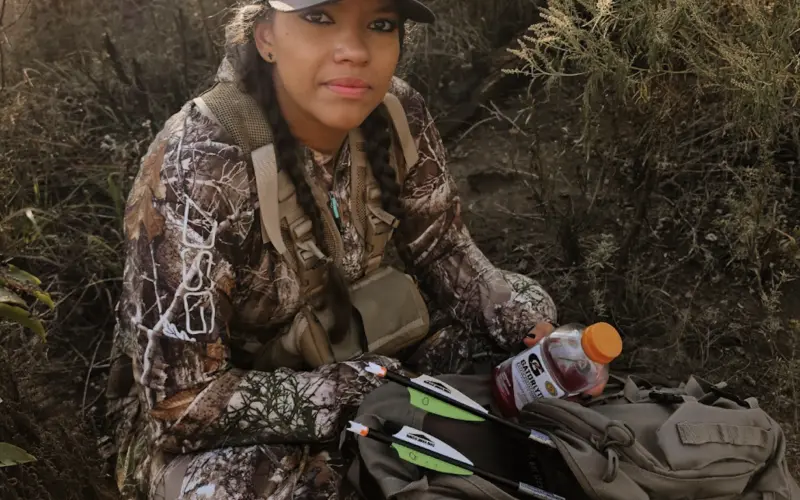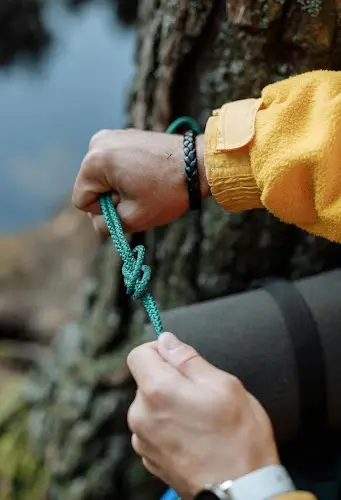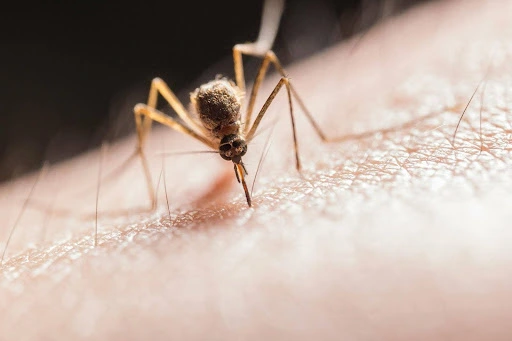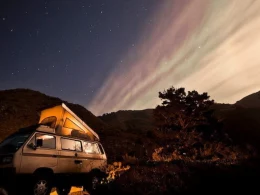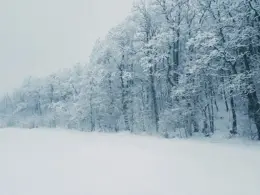A question I get asked a lot by new women hunters is, “What’s in your hunting pack?” “What gear do I need to take out?” The short answer is that it is going to vary depending on the game and terrain you are hunting. However, there are essentials I always keep on me for my big game hunts, particularly deer and elk. Being prepared is crucial because hunting can be unpredictable sometimes. The right gear not only ensures your safety but also enhances your overall hunting experience and possibly success rate. Over the years, I’ve learned firsthand that packing the right gear can truly make or break a hunting trip. From comfort to efficiency, the items you choose to carry will play a role in the overall outcome. I don’t do a lot of extended trips, so this will focus on your common day or weekends out. Here’s a look at what I’m packing in my hunting pack this year for 1-day hunts for deer or elk.
Essential Gear
One of the most critical items to have in your hunting pack is your hunting license and tags. These documents are not only legally required but also ensure that you are hunting within the regulations set by wildlife authorities. Keeping them accessible is vital to avoid any legal issues while in the field. Most wildlife agencies have made online applications to make these documents digitally accessible. Be sure to check with you state regulations to see what form of documents are required.
Navigation tools like a map or a GPS are equally important. Whether you’re deep in the woods or hunting in a new area, these tools help you stay oriented and find your way back to camp or your vehicle. I personally use OnXmaps; you can download offline maps for low-signal areas. It also serves as a nice reference for scouting waypoints. Even experienced hunters can get disoriented, so having reliable navigation aids can be a lifesaver.
In the last few years, Binoculars have really become a must-have for me. It depends on the area you are hunting, but it seems like a necessity in western Oklahoma. A good pair of binoculars is crucial for spotting game from a distance. Quality binoculars allow you to scan the terrain for animals without giving away your position or straining your eyes. I’m currently using the Vortex Crossfire 10×24. In addition, a ranger finder is very helpful. This device helps you determine the exact distance to your target, allowing for more accurate shots and ethical kills. It’s especially useful when hunting in open terrain or when long-distance shots are required. Currently, I am using an Athlon Optics Midas 1 mile rangefinder.
A reliable knife or multi-tool is indispensable in a hunting pack. From field dressing game to performing minor repairs on your gear, a good knife or multi-tool can handle a variety of tasks. Its versatility makes it a must-have for any hunting trip. For field dressing, I like Havlon and Gut Daddy knives. I’m excited to add Rocky Mountain Hunt call game bags to my elk pack this year!
Lastly, a headlamp or flashlight with extra batteries is a necessity for early morning or late evening hunts. These lighting tools ensure that you can navigate and work safely in low-light conditions. Whether you’re setting up before dawn or tracking game after sunset, reliable lighting is essential for a successful and safe hunt.
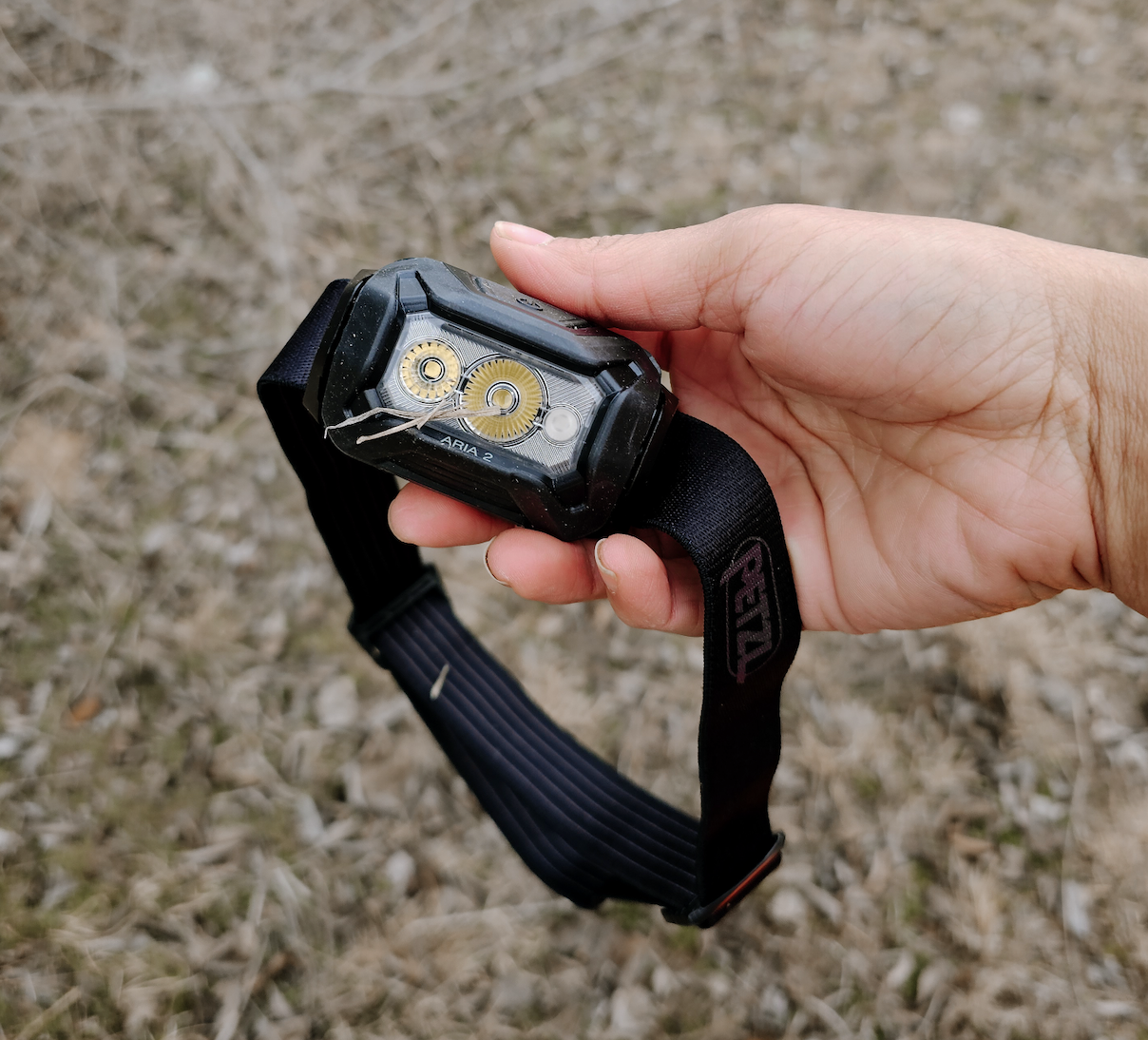
Clothing
Most of the time, I do not pack extra clothing on a day trip. Occasionally, an extra jacket, gloves, or rain gear, depending on the weather. When it comes to clothing and camo, everyone has their opinions. Hunters wear camouflage to blend into the surroundings. Camouflage helps break up your outline and makes it harder for the game to spot you, increasing your chances of getting closer to your target. The camo pattern can vary depending on the terrain and season you’re hunting in. Here is my go-to get-up for the time of season:
Early-season:
- DSG Outerwear Bexley Set
- Lightweight boots and lightweight socks
- DSG ultra-lightweight gloves
- Hat
Mid-season:
- DSG Outerwear Addie Set
- DSG Base layers(depending on the temperature)
- Gloves, heated socks
- Hat
Late Season:
- DSG Kylie 5.0 or Breanna bibs and top
- Insulated boots, heated socks
- Heated vest
- Beanie and gloves
Food and Hydration
Staying hydrated throughout the day is important, so I always pack a water bottle or hydration bladder. Proper hydration helps maintain energy levels and keeps you focused during long hunts. In addition to water, if it’s a morning hunt, I’ll definitely have my coffee to kickstart the day. To keep my energy up, I bring high-energy snacks like granola bars, jerky, and nuts. I particularly like to have jerky and oatmeal bars, as they provide a good mix of protein and quick-sustaining sugars. These snacks are not only convenient to carry but also essential for maintaining stamina and focus throughout the hunt. In the case of a day hunt, I also bring prepackaged meals, such as mountain house. They are high in calories, lightweight, and delicious. Also, Liquid IV pouches come in handy when you have had to do a lot of hiking!

Safety and First Aid
Having a first aid kit may be just what you need for handling injuries that may occur during a hunt. For a day trip, a basic wilderness first aid kit should suffice, providing necessary items like bandages, antiseptics, pain relievers, and tweezers to address common injuries. However, if you are hunting with dogs, it’s important to carry a separate gun dog first aid kit. This specialized kit should include items tailored for canine emergencies, such as wound care supplies, medications, and tools to remove ticks or thorns. Ensuring both you and your hunting companions, including your dogs, are prepared for any mishap can make a significant difference in the field.
Hunting Equipment
Bringing the right hunting equipment is crucial for a successful hunt. Your Rifle or bow and the corresponding ammunition or arrows are the core tools you need. For archery, I’ll be shooting a mixture of the Bowtech Eva Gen3 compound bow and the Fury 410 DeCock Wicked Ridge by TenPoint. For the Rifle, I’ll be using the Savage 11 Lady Hunter .308 or 7mm-08 REM. Additionally, shooting sticks or a bipod can stabilize your shots, enhancing accuracy and effectiveness; I use the Primos shooting sticks. Game calls are another essential item, as they help attract game to your location, increasing your chances of a successful hunt. I use Rocky Mountain Hunt calls. As far as scent control products go, it is important to reduce human scent as much as possible. This makes it less likely that the game will detect you. Buck wipes are a must-have!
Being well-prepared is essential for a successful and enjoyable hunting trip. Having the right equipment, safety gear, and preferred items can make a significant difference in your hunting experience. Let’s be honest: hunting is uncomfortable, and we often suffer from the experience. Over the years, I’ve found that these items have been invaluable in my hunts, enhancing both safety and enjoyment. As you grow as a hunter you will find what works best for you. I encourage readers to customize their packs to fit their specific needs, ensuring they are prepared for any situation that may arise in the field.

